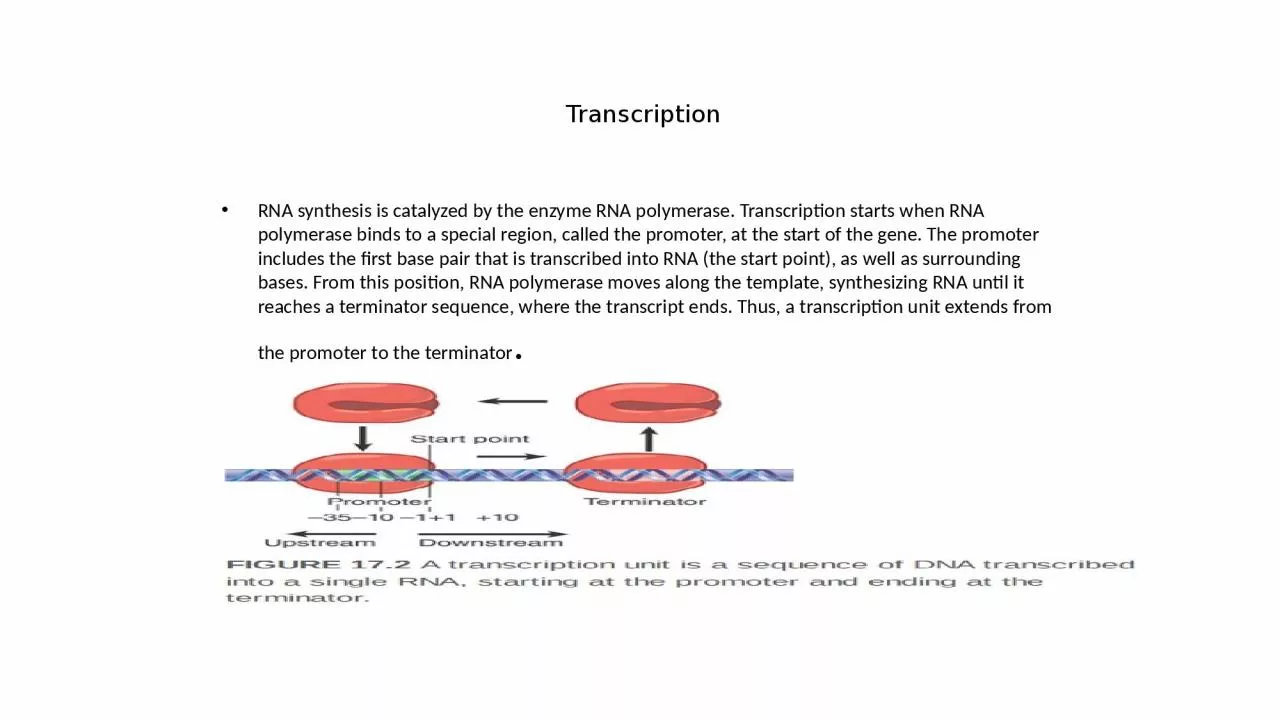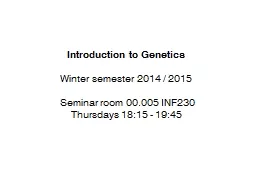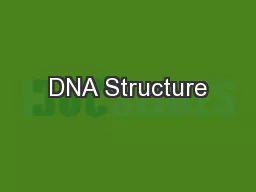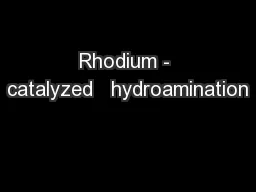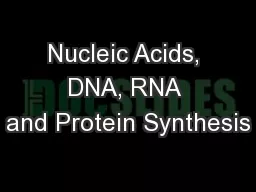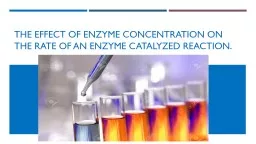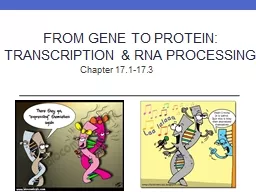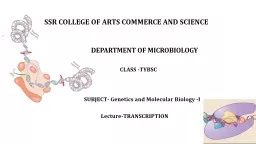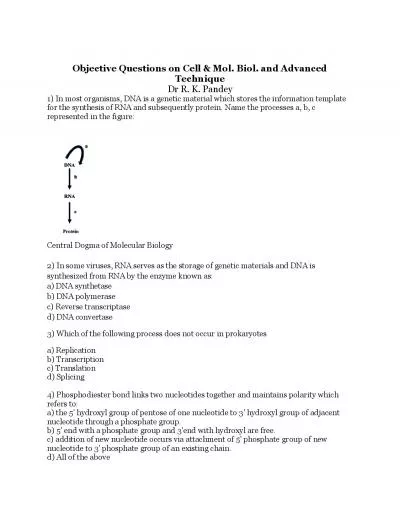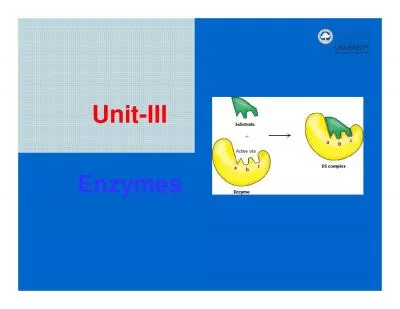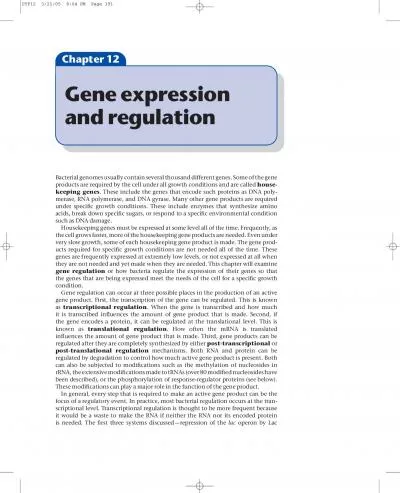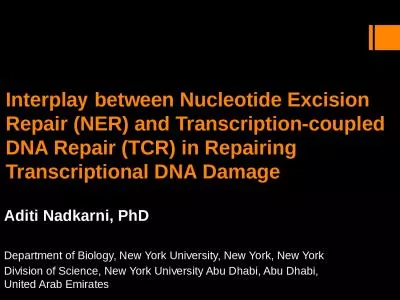PPT-Transcription RNA synthesis is catalyzed by the enzyme RNA polymerase. Transcription starts
Author : anya | Published Date : 2023-11-16
The length of the transcription bubble is about 12 to 14 bp but the length of the RNADNA hybrid within the bubble is only 8 to 9 bp As the enzyme moves along
Presentation Embed Code
Download Presentation
Download Presentation The PPT/PDF document "Transcription RNA synthesis is catalyzed..." is the property of its rightful owner. Permission is granted to download and print the materials on this website for personal, non-commercial use only, and to display it on your personal computer provided you do not modify the materials and that you retain all copyright notices contained in the materials. By downloading content from our website, you accept the terms of this agreement.
Transcription RNA synthesis is catalyzed by the enzyme RNA polymerase. Transcription starts: Transcript
Download Rules Of Document
"Transcription RNA synthesis is catalyzed by the enzyme RNA polymerase. Transcription starts"The content belongs to its owner. You may download and print it for personal use, without modification, and keep all copyright notices. By downloading, you agree to these terms.
Related Documents

